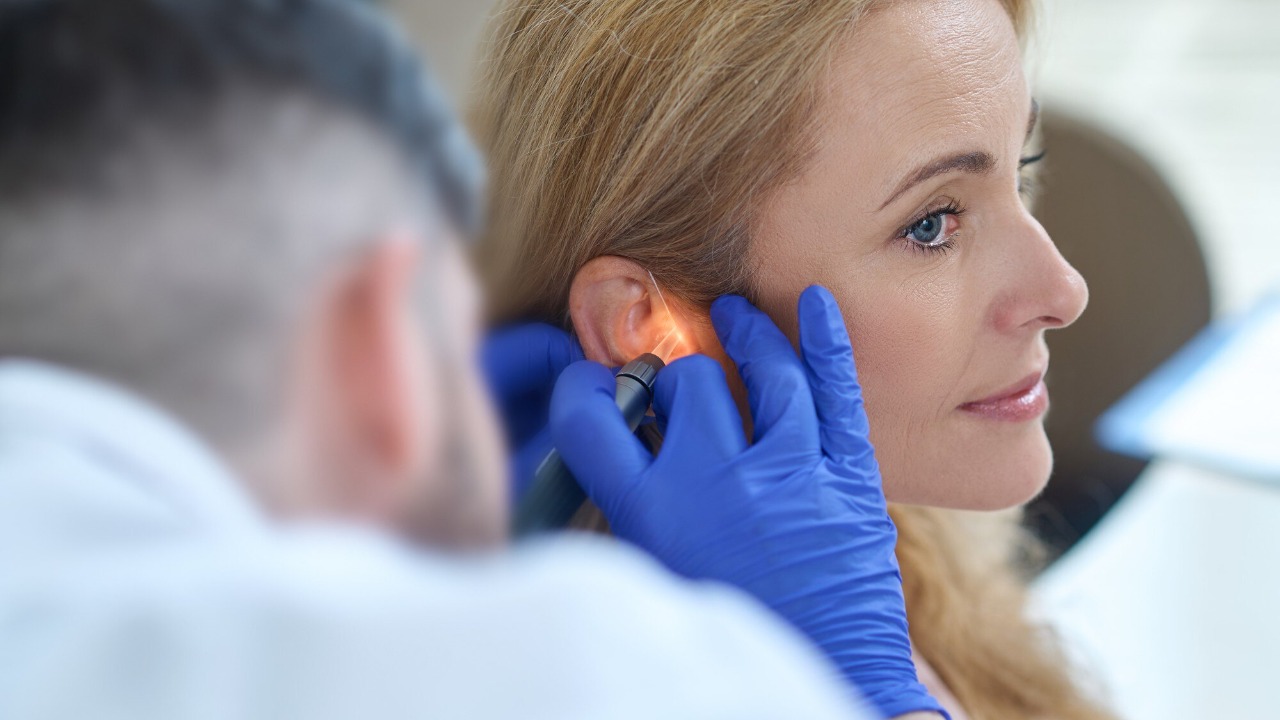
Recent advancements in stem cell therapy are paving the way for potential breakthroughs in reversing hearing loss. This innovative approach is gaining traction in the treatment of hearing disorders, offering hope for regenerating auditory functions once deemed irreparable. As scientists continue to explore the regenerative capabilities of stem cells, the implications extend beyond auditory repair, hinting at broader applications in sensory regeneration.
Stem Cell Therapy’s Role in Hearing Disorders
Stem cell therapy is emerging as a promising solution for treating hearing loss by targeting the underlying causes of auditory damage. The therapy involves using stem cells to regenerate damaged cells in the inner ear, which are crucial for hearing. According to recent reports, this approach is gaining momentum in the field of hearing disorders, offering a new avenue for restoring auditory function. The therapy’s potential lies in its ability to replace or repair the damaged hair cells in the cochlea, which are essential for converting sound waves into electrical signals that the brain can interpret. This regenerative process could significantly improve the quality of life for individuals with hearing impairments, providing a more effective treatment option than current hearing aids or cochlear implants.
Clinical trials and research studies are increasingly focusing on the application of stem cells to repair inner ear damage. Early trial outcomes have shown promising results, with some patients experiencing partial restoration of hearing. These advancements underscore the growing momentum in hearing loss care, as highlighted in a June 2025 report. Patient eligibility for these trials typically includes individuals with sensorineural hearing loss, a condition caused by damage to the hair cells or auditory nerves. As research progresses, the hope is to expand eligibility criteria and refine the therapy to maximize its effectiveness and accessibility.
Breakthroughs in Stem Cell Regenerative Medicine
Beyond hearing restoration, stem cell research is making significant strides in other areas of regenerative medicine. One notable development is the potential creation of a stem cell-based drug aimed at curing baldness. According to a recent report, scientists are optimistic about a breakthrough drug that could serve as the ultimate cure for baldness. This drug leverages the regenerative properties of stem cells to stimulate hair follicle growth, offering a promising solution for those experiencing hair loss.
Further supporting this optimism, researchers have claimed that a baldness cure is close due to new breakthroughs in stem cell technology. As reported on September 23, 2025, these advancements highlight the versatility of stem cells in addressing various regenerative challenges. The success in developing a baldness cure illustrates the potential for similar breakthroughs in auditory repair, as both involve regenerating specific cell types to restore function. This parallel underscores the broader implications of stem cell research in regenerative medicine, offering hope for future innovations in sensory restoration.
Challenges and Future Directions for Hearing Restoration
Despite the promising advancements in stem cell therapy for hearing loss, several challenges remain. One significant hurdle is the complexity of the inner ear’s structure, which makes it difficult to precisely target and regenerate the damaged cells. Additionally, the therapy’s success depends on the ability to integrate the new cells into the existing auditory system without causing adverse effects. As the therapy gains momentum, researchers are focused on overcoming these obstacles to ensure safe and effective treatment options for patients.
Looking ahead, the next steps for stem cell therapy in hearing restoration involve advancing clinical trials and securing regulatory approval. These trials are crucial for refining the therapy’s techniques and demonstrating its efficacy and safety. As reported in the June 2025 coverage, the ongoing momentum in hearing loss care is driving efforts to bring this innovative treatment to market. However, ethical and accessibility issues must also be addressed to ensure that stem cell therapies are available to all who need them, regardless of socioeconomic status.
In conclusion, the advancements in stem cell therapy for hearing loss represent a significant step forward in regenerative medicine. By harnessing the regenerative potential of stem cells, scientists are opening new possibilities for restoring auditory function and improving the lives of those with hearing impairments. As research continues to evolve, the hope is that these breakthroughs will lead to more effective and accessible treatments for a range of sensory disorders, paving the way for a future where hearing loss is no longer a permanent condition.
More from MorningOverview